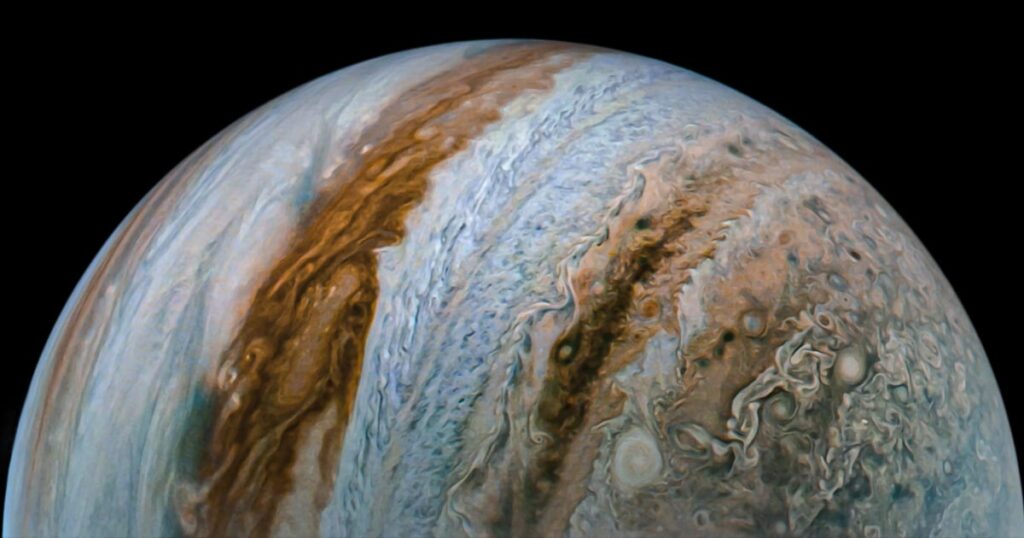
People around the world will have a chance this weekend to catch what could be the year’s most stunning view of the largest planet in our solar system.
Jupiter on Saturday will shine at its brightest for the year, as Earth’s orbit swings our planet between Jupiter and the sun. Weather permitting, the gas giant will not only be brighter than most other stars and planets in the evening sky, but will also be visible all night long.
If conditions are clear, anyone with a pair of binoculars or a telescope may even be able to pick out details, such as Jupiter’s four largest moons — Ganymede, Callisto, Io and Europa. The four “Galilean moons” were named after Italian astronomer Galileo Galilei, who is thought to have discovered them in 1610.
As night falls, Jupiter will rise in the east-northeast, among the stars that make up the constellation of Taurus, according to NASA.
Around Dec. 14, Jupiter will be visible in the night sky between the nearly full moon and a reddish-orange star called Aldebaran, which shines brightest in the Taurus constellation and can be seen with the naked eye.
People in the Northern Hemisphere can also look out for what’s known as the Winter Triangle, a formation of three bright stars in the night sky.
The celestial triangle is made up of Sirius in the constellation of Canis Major, Procyon in the constellation of Canis Minor and Betelgeuse in the constellation of Orion. These stars can be seen all season long and often feature prominently in the winter sky.
To spot the Winter Triangle, first look for the three stars that make up Orion’s belt. Slightly lower and to the left of the belt will be Sirius, the brightest star in the night sky. From there, Procyon will be slightly higher and to the left. Betelgeuse will visible by gazing back toward Orion, with the star appearing reddish at the constellation’s shoulder.
Meanwhile, a meteor shower is underway in both the Northern Hemisphere and the Southern Hemisphere. The annual Geminid meteor shower will peak overnight from Dec. 13 to Dec. 14.
As the name suggests, these shooting stars appear to stream from the Gemini constellation, but the meteors are actually bits of debris from an asteroid known as 3200 Phaeton.
The Geminids are typically one of the best and most reliable meteor showers of the year, but a nearly full moon could wash out some of the fainter shooting stars this time around, according to NASA.













